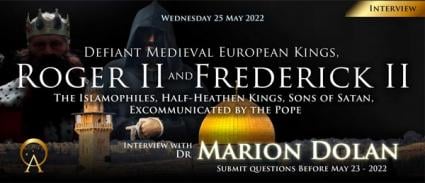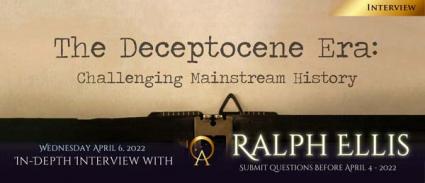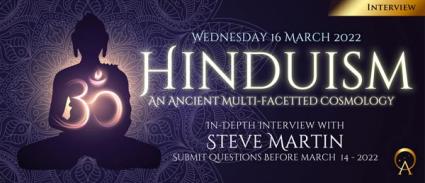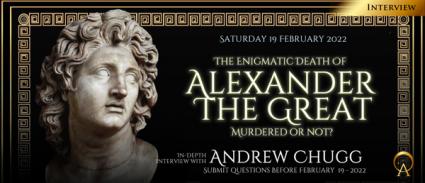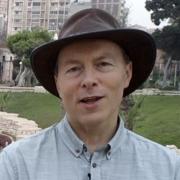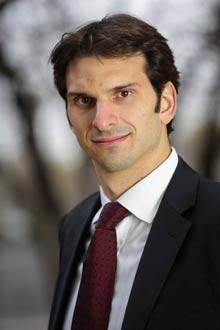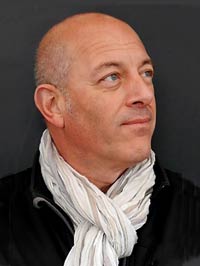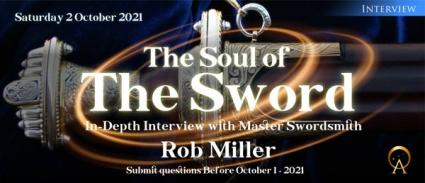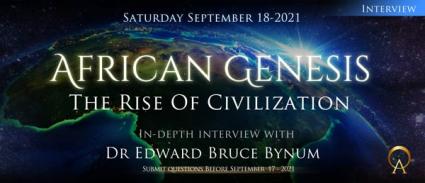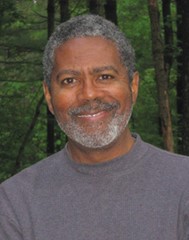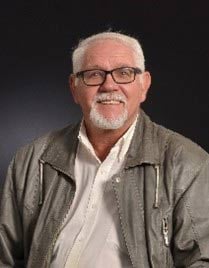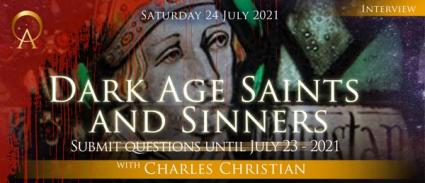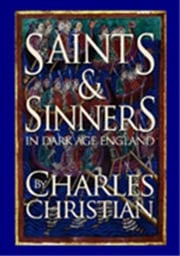The descendants of Tancred of Hauteville, a Norman Lord, became crusaders who conquered Jerusalem from the Saracens and later became the kings of Europe and Holy Emperor of the Roman Republic, yet this bloodline is known for producing rebel rulers, who broke the rules, and defied the Popes, who called them a Half-Heathen King and Son of Satan.
Upon their return from Jerusalem, sons of Tancred of Hauteville, Roger I de Hauteville and his brother Robert Guiscard, conquered parts of the wealthy, fertile island of Sicily in the 11th century. Roger I had established his palace and administration center on the city’s highest hilltop, reconstructing the fortified citadel of the Muslims, whom he had defeated. After his death his young son Roger II expanded the territory and on Christmas Day 1130 at his capital city, Roger II was formally crowned by an emissary of the pope as the first King of Sicily.
During his youth in Palermo, Roger’s mother ensured that he was well-educated by Greek and Muslim tutors and spoke the three languages that prevailed on the island: Latin, Greek and Arabic. Roger possessed superior intelligence along with a compelling drive that he applied to developing his inherited and newly-won territories into a wealthy and sophisticated cosmopolitan kingdom of prestige and culture. It was said that “he accomplished more in his sleep than others did when awake.” Roger II established a well-organized, ecumenical government and included Islamic, Jewish and Christian officials in highly-trusted positions.
Roger lived in the splendor of a Muslim caliph, complete with eunuchs and a royal harem of concubines and he wore long Muslim robes of silk trimmed in gold, which earned him the moniker of the Half Heathen King. He commissioned Al Idrisi to compose the Tabula Rogeriana, a map of the world.
Roger II’s grandson, Frederick II, called the Wonder of the World, Stupor Mundi, outshone his magnificent grandfather. He was crowned King of Sicily at the age of three. Like his maternal grandfather King Roger II, he too was called ‘half-heathen’, more a Saracen sultan than a Christian king. When traveling the Frederick was escorted by his turbaned Saracen bodyguards brandishing burly beards and carrying fearsome scimitars; his impressive Teutonic knights and a menagerie of exotic animals. He also had a harem, like his grandfather. Frederick’s paternal grandfather was Frederick I Barbarossa (Red Beard), Duke of Swabia and Holy Roman Emperor and through this bloodline Frederick became King of the Germans. Through his marriage he became King of Jerusalem. He was crowned Holy Roman Emperor by Pope Honorius III in 1220, at the age of 26. His titles included King of Sicily, Germany, Italy, Burgundy, Cypress, Jerusalem, and of course Holy Roman Emperor.
As Holy Roman Emperor, Frederick II felt compelled to lead a crusade. Excommunicated twice by the Pope, Frederick did not waiver from his resolve and he eventually succeeded in leading the only bloodless crusade, and secured Jerusalem. In defiance of the Pope, he crowned himself in the Church of the Holy Sepulcher in Jerusalem in 1229, wearing Roger II’s ceremonial cloak. The Pope declared him a Son of Satan.
 Dr. Marion Dolan received her BS, MFA and PhD from the University of Pittsburgh, majoring in medieval manuscripts, minoring in medieval architecture and history of astronomy. Dr Dolan is retired from the University of Pittsburgh where she was an adjunct professor in the history of art and architecture and lectured for the Osher Lifelong Learning program at Carnegie-Mellon University for many years. Now an independent scholar, she continues her research on the transmission of astronomical knowledge and teaches art history at the NSU Museum of Art, Fort Lauderdale, where she also serves as a docent .She is the author of Astronomical Knowledge Transmission Through Illustrated Aratea Manuscripts, Decoding Astronomy in art and Architecture and The Monk and the Antichrist: A Novel of Passion in the Middle Ages
Dr. Marion Dolan received her BS, MFA and PhD from the University of Pittsburgh, majoring in medieval manuscripts, minoring in medieval architecture and history of astronomy. Dr Dolan is retired from the University of Pittsburgh where she was an adjunct professor in the history of art and architecture and lectured for the Osher Lifelong Learning program at Carnegie-Mellon University for many years. Now an independent scholar, she continues her research on the transmission of astronomical knowledge and teaches art history at the NSU Museum of Art, Fort Lauderdale, where she also serves as a docent .She is the author of Astronomical Knowledge Transmission Through Illustrated Aratea Manuscripts, Decoding Astronomy in art and Architecture and The Monk and the Antichrist: A Novel of Passion in the Middle Ages





